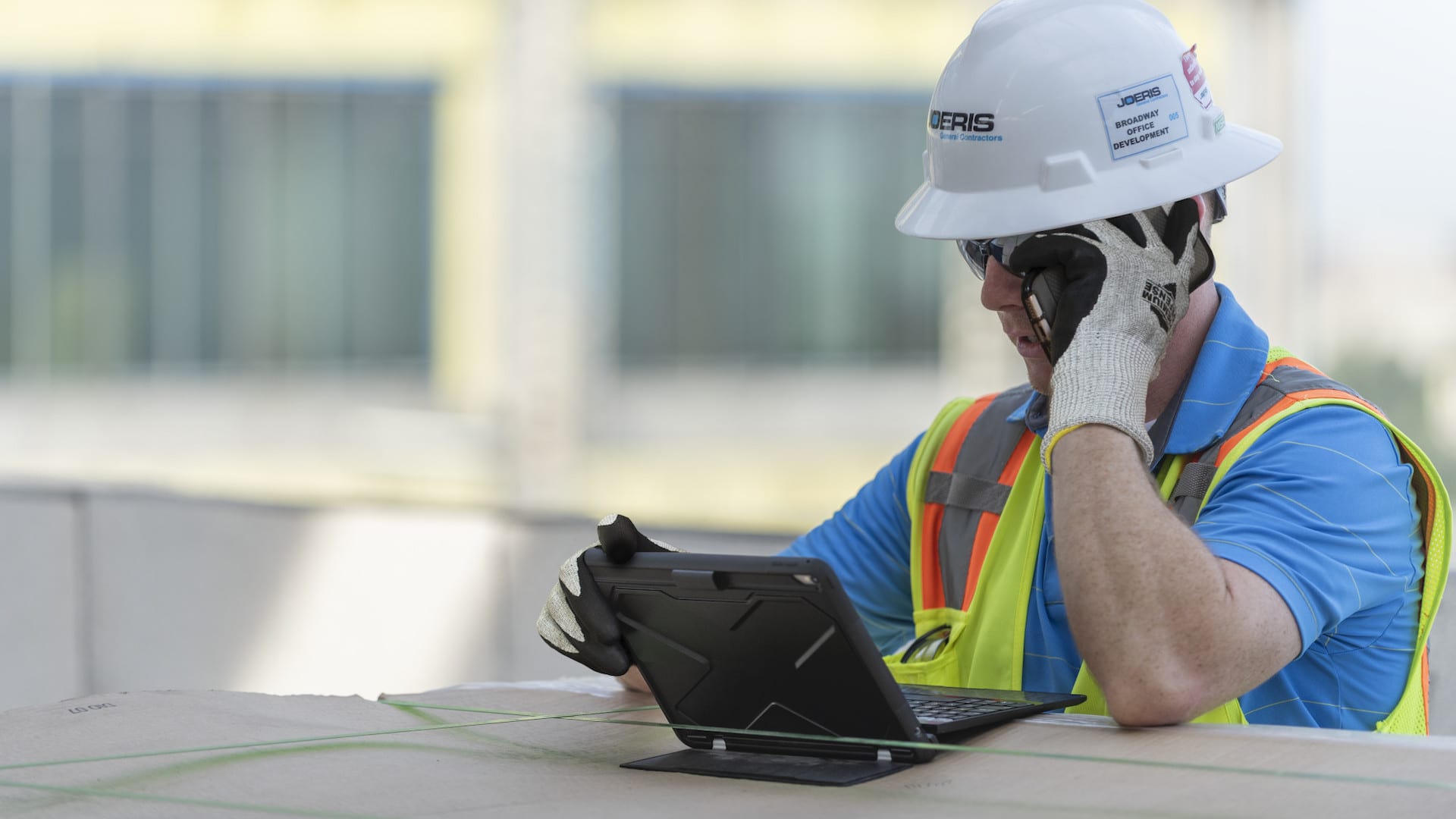Help us improve your experience. See content that is made for you!
See how IBM increased their efficiency by up to 30%!

Help us improve your experience. See content that is made for you!
See how IBM increased their efficiency by up to 30%!


The Paycheck Protection Program (PPP) has served as a lifeline for businesses that are struggling because of the pandemic. Construction, in particular, was one of the hardest-hit industries and PPP loans have provided much-need relief to numerous firms across the country.
In fact, data from the Small Business Administration (SBA) indicate that construction companies received $13.7 billion during the latest round of PPP loans — just second to hotels and restaurants, which received $18 billion.
Congress acted last week to extend the PPP application deadline to May 31 and software is an eligible expense. If you’ve received a PPP loan, have applied or are planning to do so, keep reading. We’ll discuss some of the new guidelines for PPP loans and what they mean for construction companies.
If you are applying for your first Paycheck Protection Program loan (First Draw), they are generally allowed for companies with up to 500 employees. If you are applying for a second loan (Second Draw), the program limits funds to firms with 300 or fewer employees. Publicly traded companies are also ineligible for the second PPP draw.
What’s more, in order to qualify for the Second Draw loans, businesses must demonstrate a 25% reduction in 2020 gross receipts compared to a comparable quarter in 2019.
These new rules ensure that the small businesses that were harmed most during the pandemic get priority access to funds.
SBA guidelines for both First Draw and Second Draw PPP loans indicate that borrowers may qualify for loan forgiveness if the funds are used towards eligible expenditures and at least 60% of the funds are spent on payroll costs during the 8- to 24-week coverage period of the loan.
Late last year, Congress expanded the list of forgivable uses of PPP funds. In addition to previously approved items such as a mortgage, rent, and utilities, PPP loans can now be used for software or a cloud computing service that, among other things, “facilitates business operations, product or service delivery.”.
This new guideline on forgivable expenses applies retroactively to loans issued during the first round, which means if you received a PPP loan last year and used some of those funds on software and cloud services, the amount you spent on those things may be eligible for forgiveness.
The Economic Aid Act is also extending the authority to apply for PPP loans through May 31, 2021, providing another 30 days for processing (until June 30).
The fact that software and cloud service expenditures are now forgivable expenses is a noteworthy benefit to contractors who are investing in software to keep their businesses running.
While using business software has always had its advantages, cloud platforms and services have been particularly important when the pandemic hit. When construction professionals adjusted to remote work, social distancing, and new and health safety guidelines, many turned to software to keep projects running. These solutions have proven to be invaluable when it comes to team collaboration and project management.
Allowing software expenditures to be eligible for PPP loan forgiveness – even retroactively - highlights how construction management and other business software have become essential tools for businesses to operate..
Guidelines and processes around the Paycheck Protection Program may still evolve, so keep yourself updated. Since things are always changing, it’s important to regularly check official sources for the most updated information.
These include:
The Small Business Administration. Since SBA is backing the Paycheck Protection Program, it’s one of the best sources of information. The SBA has a section on its website dedicated to all things PPP and contains everything you need to know about both First Draw and Second Draw loans, as well as loan forgiveness. Plus, the SBA website has a useful tool for finding lenders if you need to apply for a PPP loan.
U.S. Department of the Treasury. Like the SBA, the Department of the Treasury also has a section on the Paycheck Protection Program. It contains downloadable resources and guidelines (along with date stamps) so it’s easy to get your hands on the most updated information.
Your lender. If you’ve already obtained a PPP loan, stay in constant contact with your lender (typically your bank), as they can also relay official guidance and instructions, including whether and how you can cover your software purchases. Some lenders may even subscribe you to email updates, so you’ll get the information delivered to your inbox as soon as it’s available.
The bottom line: whether you’re considering applying, in the process of applying for a PPP loan or you’ve already been funded, it’s important to keep all your bases covered. Make sure you know all about the latest developments and keep proper documentation to make loan forgiveness a smooth and easy process.
When in doubt, consult official and credible sources of information and work with an expert.
Disclaimer: Autodesk is not a tax or financial adviser. Businesses should always consult their accountants or tax advisers for information specific to their needs.

May we collect and use your data?
Learn more about the Third Party Services we use and our Privacy Statement.May we collect and use your data to tailor your experience?
Explore the benefits of a customized experience by managing your privacy settings for this site or visit our Privacy Statement to learn more about your options.